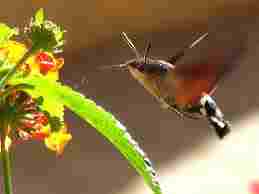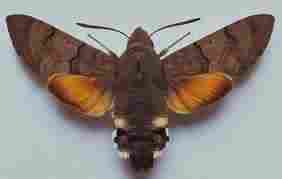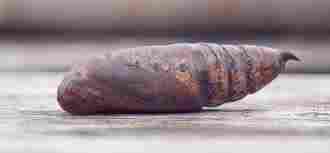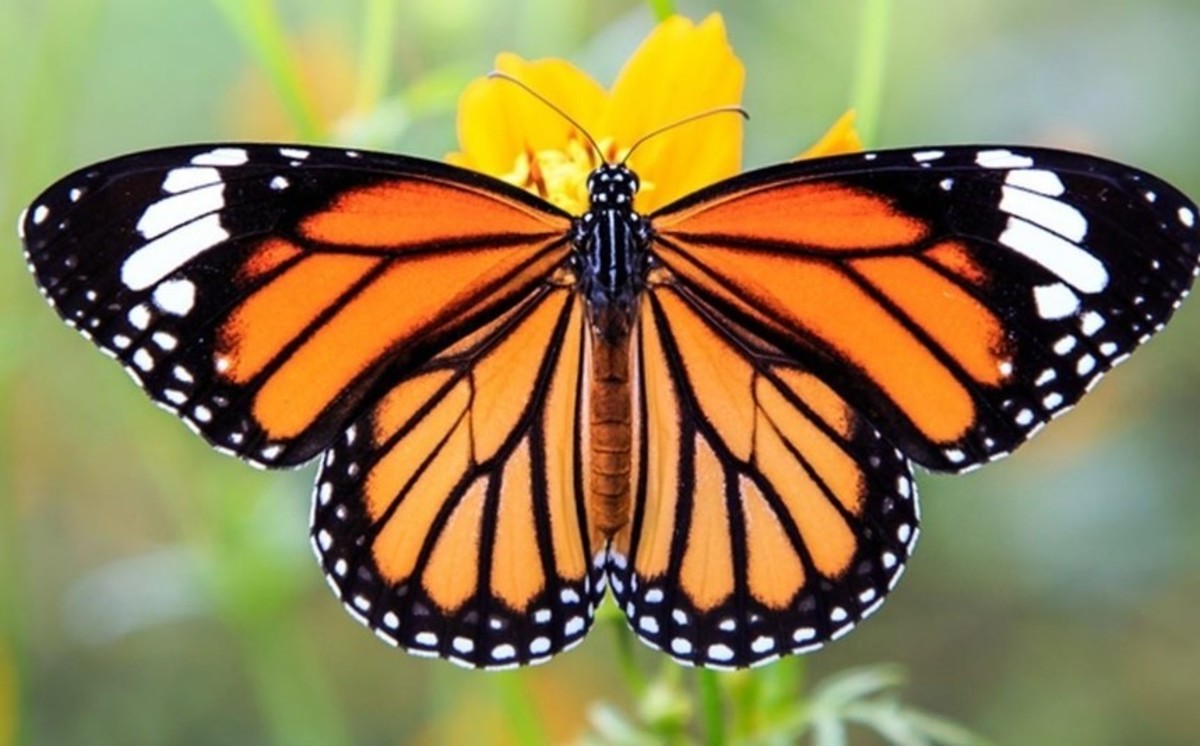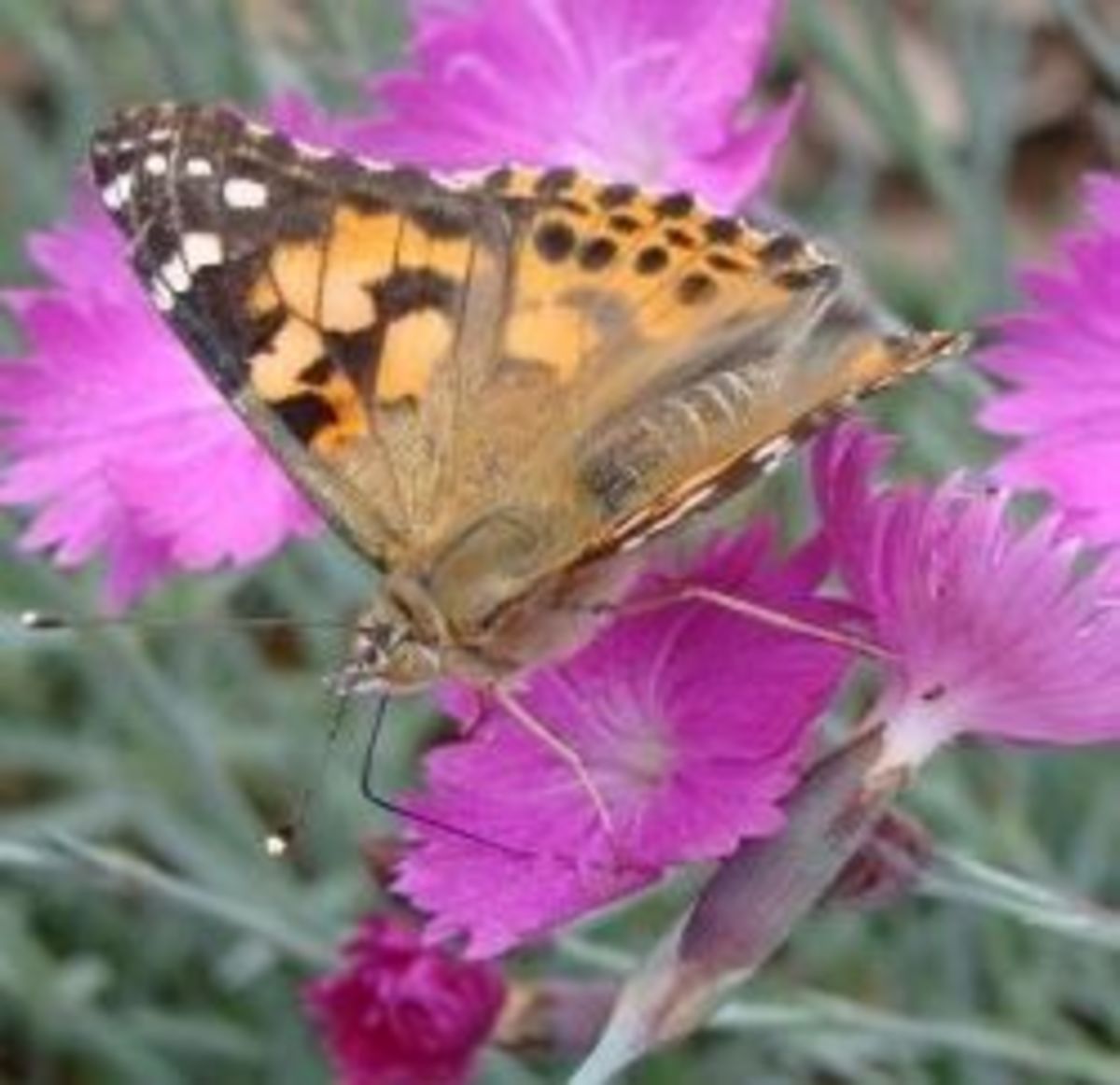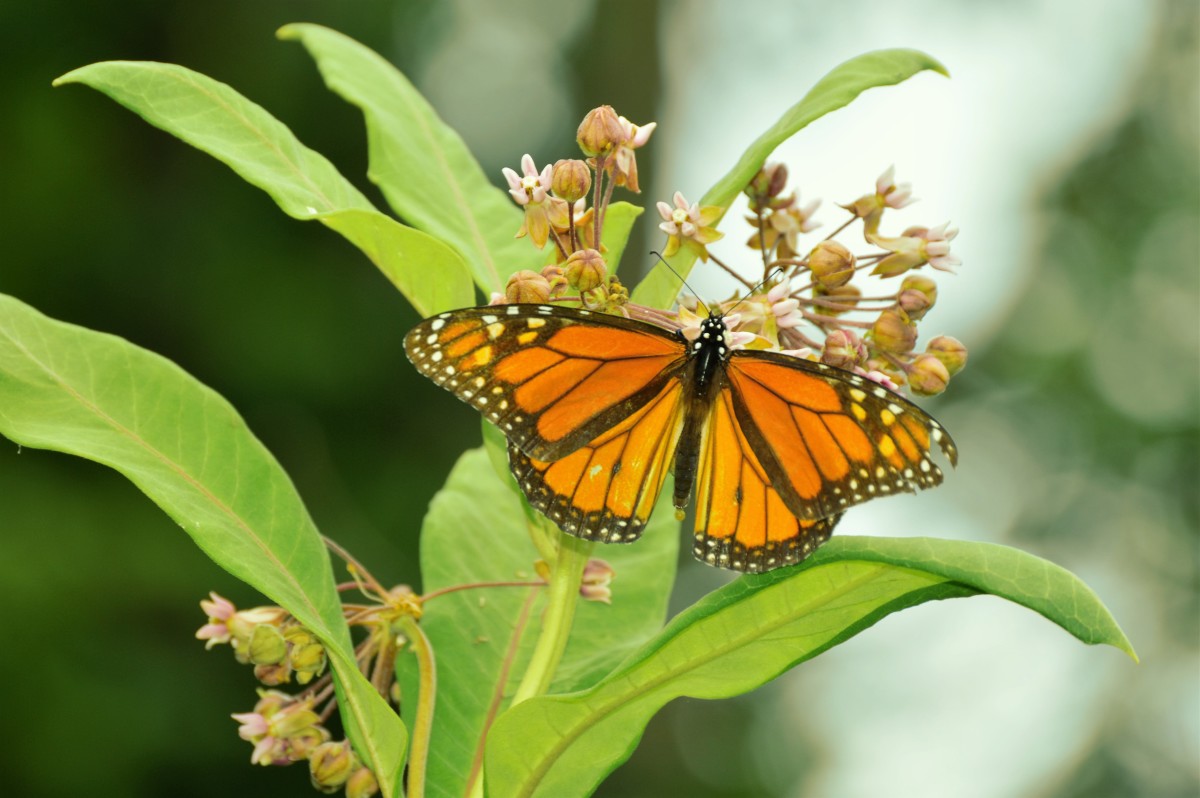- HubPages»
- Education and Science»
- Life Sciences»
- Entomology»
- Insects & Bugs
Is It a Bird; Is It a Butterfly? No...
A Unique and Lovely Visitor UK Gardens
Click thumbnail to view full-size


...It's a MOTH!!
The Hummingbird Hawk-Moth, to be precise, and an insect that is charming gardeners around the length and breadth of Britain during its tenure here as a migrant/resident. The creature may just die here in severe winters, as for it to return to a permanent habitat - such as Southern France - might be impossible due to prevailing wind conditions. (Many migrating birds depend on favourable winds to reach our shores). It may also be affected to some degree by climate change and the fact our winters have been generally milder, allowing the adults or pupae perhaps to survive away from the weather in some crevice. But Britain and the colder latitudes are not the preferred habitat for this sun-lover.
When we think of a moth, we associate it with the nocturnal hours. But this insect is diurnal and actually prefers sunshine, the brighter the better! You may even see one going about its business in the rain, too; it really is a unique little chap.
OK, let's get the Latin over! I learned while teaching English in Spain long ago, that you can't easily teach grammar to non-English speakers, but if you don't try, and stick to useful communication without all the impossible and coma-inducing conjugating, some hide-bound student will complain about you...like some do when you leave the Latin out of nature studies! (I know who you are on Hubpages!!).
The Moth has the prepossessing name of Macroglossum Stellatarum, a member of the Sphindae species. In Europe it has usually been know as the "Bee Moth;" lately, we seem have taken on the US name, "Hummingbird Hawk Moth." In some ways, the European title was the better, because the moth does hum audibly as it hovers by a bloom and lowers its long proboscis down to where the nectar is. It was quicker to type, too.
The development of its wings, its flying and hovering ability, is the result of Convergent Evolution, a erudite and complicated business, which I will endeavour to explain in another hub, if it hasn't been done already (I hope!).
Thanks to the development of the slow-motion camera, we have some wonderful shots of winged creatures, such as bees, etc., and the motion of the wings while hovering. I saw a program on BBC recently (maybe it was the excellent "Autumn Watch,") that featured the moth. It is interesting to reflect that the development of wings in birds, bats and insects all have similar characteristics in that a wing will only really work in one general way, although some fly much better than others.
The Moth lays its clusters of greeny-colored eggs in the Gallium flowers where the eggs are similar to the flower buds providing some camouflage. The larvae, or caterpillar, is one of the several species that has amused and scared school kids through the ages. Green in colour, with two gray stripes along the side, it has a horn on the tail end which has variously and earnestly been reported by kids as being used as a weapon and is venomous: it is harmless of course, but the caterpillar does wriggle a bit!
The pupae is brown and can often be found amongst leaf litter at the foot of the Gallium.
The adult Hawk moth is quite attractive: it has a roughly 1 3/4 inch wingspan (40 to 45 mm.); the forewings are brown with the rear orange, tipped with black. (The black, orange, brown combination is quite popular in winged insects).
It visits flowers known for producing copious amounts of nectar, such as Jasmine, Primlua and Verbena, etc., etc. An interesting habit is its propensity to "Trap-Line," that is, it returns to the same blooms often at the same time each day. A good fact for photographers to take on board.

